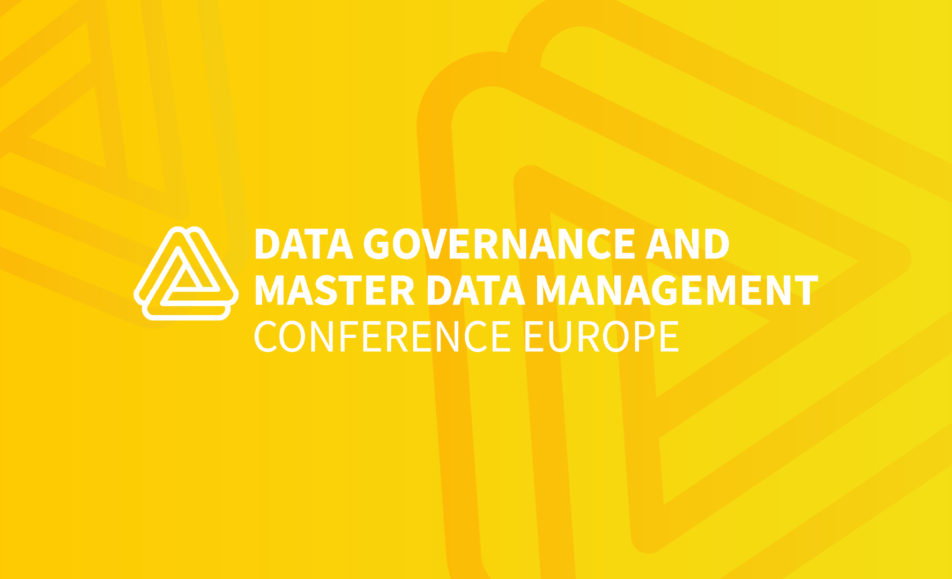
By Nicola Askham, The Data Governance Coach
Such are the demands of modern business it is important to understand that we cannot put the same level of data governance onto all data that we have in our organisation. There is probably neither the appetite nor the resources to do that and nor would it probably bring enough benefits.
Therefore, we need to make sure we are working out which is our most important data and putting most of our efforts into that. I believe there is quite often the temptation to believe that the data governance team are responsible for finding the critical data and I would challenge that.
Would you expect one person or a very small number of people in your organisation to know every single piece of data and to know which is the most important? Surely it is the people in the business that understand what data is the most important to them. So, I think it’s really important that you get the business to identify what is important to them.
Nicola will be hosting the workshop, The Data Governance Clinic during the Master Data Management and Data Governance Conference Europe, 9 – 12 May 2023, London. Find out more at: https://events.irmuk.co.uk/MDMDG-2023

How do we know which data is the most important?
We need to do this in a consistent and logical manner. Your organisation should agree to some set criteria for how you’re going to identify which is the most important data within your organisation and there are many ways of doing this. I personally like to identify three different levels. For example, you could have critical, important and “everything else”, or a tiered system like high, medium and low. But whatever you chose to call them always aim to have three levels because this is how you are going to differentiate three different amounts of effort:
High is the really important data and that’s where you put all your effort, you will want definitions, data quality rules and data lineage in place. Medium is data that’s fairly important, you’d like some controls and understanding of it, but we don’t need to go quite so overboard as we do the really important stuff.
And when it comes to everything else… Well, we might never get to do data governance on everything else. Maybe we will when we sorted out the other things, but we’ve clearly identified that it’s really low in the pecking order.
Once you’ve agreed your categories you can write some criteria according to what your organisation does and how they generally measure things anyway and allow business users to consistently evaluate their data against it to come up with the right classification for their data.
Setting out criteria for measuring the importance of data
This method means you need to work with different people across your whole business early on in your data governance journey. I call this a stage Data Discovery.
You should run workshops with your key stakeholders for probably every function or department in your organisation and get them to tell you what data they use and what data they produce. Once you’ve done that, you can agree which data they may be the data owners for and you can also then ask the data owner to tell you which of that data is the most important to them.
Now, some data will be used by multiple people in different parts of your organisation and so it’s important that this is done with every single function because one function might say “that data is absolutely critical to us” and another department may only refer to that data as more of a contextual reference and therefore it won’t be as high on their list of priorities.
So make sure you get all viewpoints so that you can identify its overarching level which will be the highest level that anybody has classified it as.
The second part of the question is, what do you hold about it?
This is the kind of information that you’re going to document in your data glossary, and I’ve seen people go totally overboard in collecting all sorts of stuff.
As with all things that are data governance, I believe the best thing is to start with something really simple. This isn’t an academic exercise.
We are documenting this data so that it can add some value so that the organisation can understand what it is, where it is, what is being used for and whom we should go to make decisions on it.
Cover your basics, capture that information and you should have a really good starting place and then after that talk to your business users, ask them if they were looking up that data to find out more about it but don’t start trying to capture everything. You’ll be giving people lots of work to do and then they’re going to rail against you, whereas, in reality, we want them to understand, this isn’t too onerous a task, it’s going to have some really valuable benefits in the long term.

